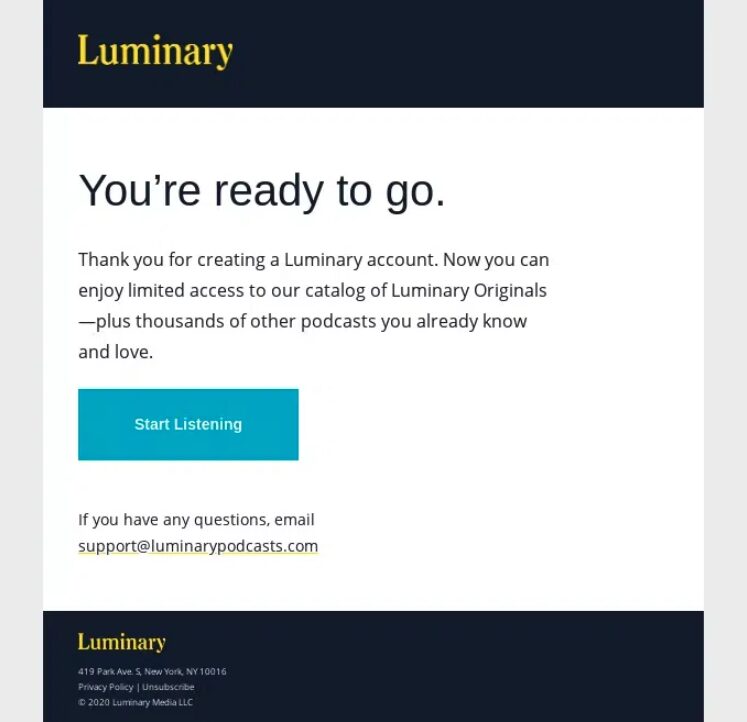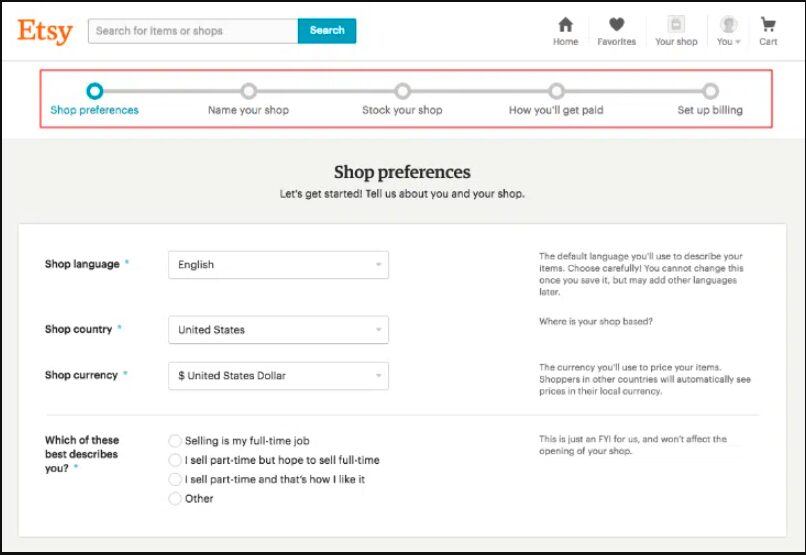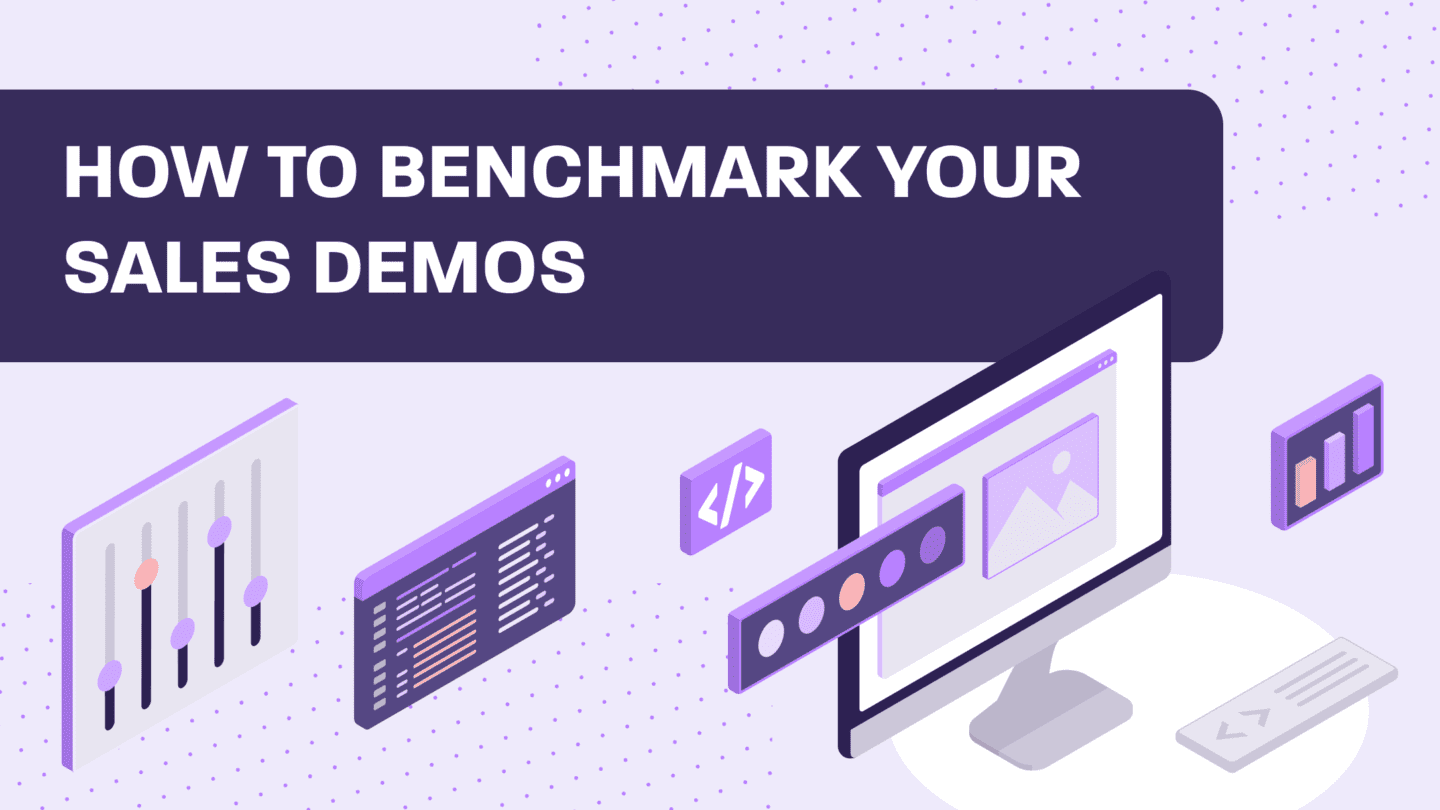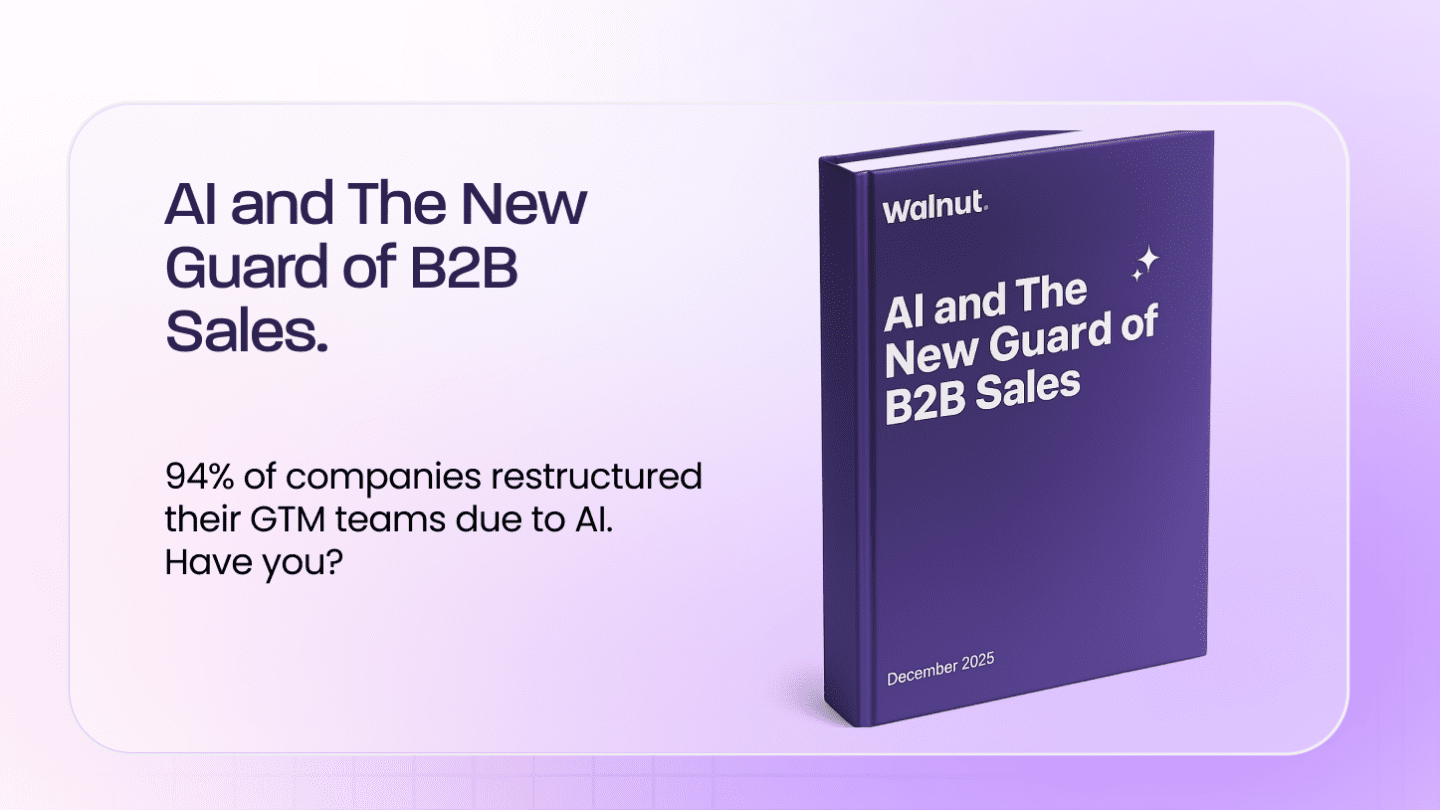Updated on June 25, 2024.
You put in the blood, sweat, and tears. Well, it paid off and your go-to-market team met its quota.
Can we get a hip, hip, hooray or something?
*Hip, hip, hooray!
(TY for humoring us.)
But sadly, your customer didn’t have a positive experience when they first tried to use your product and ultimately, they churned.
A TRAGEDY!
To prevent tragedies like this from happening, you’ll need to create a customer onboarding program that gives customers everything they need to successfully adopt your product.
In this article, we’ll break down the customer onboarding best practices and how to implement them into your onboarding strategy.
What is the customer onboarding process?
But before we really dive into the details, here’s a quick recap.
The customer onboarding process refers to the steps involved with getting customers up and running with your product or service.
Usually, companies will use interactive tutorials or walkthroughs, in-person training, or other resources to provide new users with the support they need to get started with your product.
Why is onboarding so important for SaaS companies?
At this point, you may be wondering why customer onboarding matters so much for SaaS companies.
Well, that just happens to be exactly what we wanted to tell you.
Customer onboarding is so critical because it is what either sets up your relationship with the customer for success (or dooms it).
Why? Because no matter how many deals you’re closing, your business won’t be able to grow if no one understands how to start using your product.
(No pressure or anything.)
But when you get it right, onboarding can go a long way in helping you expand product adoption, reduce churn, increase customer retention, and improve customer satisfaction.
Building an effective customer onboarding strategy
We’ve convinced you that you need to create a customer onboarding program! Excuse us while we go give ourselves a pat on the back.
Now, let’s get back to business.
Even though you’re ready to start onboarding customers like nobody’s business, hold your horses, friend!
Just like you wouldn’t start a company without first coming up with a clear business plan, you can’t kick off a customer onboarding program without first defining your strategy.
That being said, you always have the option to go back and make adjustments to this strategy as you learn more about your customers. But it will help you to have a plan of action in mind. Just remember that as you create your strategy, you’ll need to make sure your program is relevant for your product and target audience.
Additionally, any onboarding program you build should also be focused on achieving retention goals like:
1. Encouraging customers to use your product multiple times during their first week
2. Making your product a must-have
3. Establishing a clear pattern of usage
All of this will go a long way in helping you make a good first impression on users and convince them to stay with you for the long run.
Why following customer onboarding best practices can be effective
Just like anything else, churn doesn’t happen overnight.
In many cases, the reason customers churn can be traced back to the fact that they never fully understood how to use a product’s features in the first place. Or they weren’t able to quickly achieve their first success with the product.
This causes customers to get frustrated and discouraged, which is a recipe for churn.
So, by following customer onboarding best practices, you’ll be giving your team a set of standardized guidelines that they can use to help ensure customers don’t get to this point.
Customer onboarding best practices to follow for successful user onboarding experiences
We’ve done our job and gotten you onboard with the idea of customer onboarding best practices. Well done, us!
But we’ve still got plenty more to go over.
Starting with what the customer onboarding best practices actually are.
1. Define your customer onboarding strategy
Establishing an effective onboarding program isn’t just going to happen with the snap of your fingers.
You’ll first need to outline your strategy for customer onboarding.
As you build out your onboarding strategy, you’ll want to focus on outcomes like getting customers to use your product several times during their first week and making your product a necessity for customers.
This will not only help you make a good first impression on your customers, but also encourage them to remain loyal to your brand for years to come.
Just remember that this strategy shouldn’t be set in stone. You should periodically go back and make adjustments as you discover more about your customers’ needs.
2. Start communicating early on
One of the biggest mistakes you can make during the onboarding process is waiting too long to kick off communications with the customer.
Establishing communication early on will help you keep your customers engaged and excited about your product.
To do this, you’ll want to send both a welcome email and an in-app greeting message.
3. Set clear expectations and milestones
During the onboarding process, you’ll want to make sure the customer knows exactly what to expect during the first few days and weeks of using your product.
This involves pointing out any potential hiccups or sticky points they could run into to prevent them from getting discouraged. You should also make sure you understand what outcomes they expect to achieve.
Another pro tip is to set milestones for customers during each phase of your onboarding program. This will help users understand the progress they’ve made and motivate them to finish the onboarding process.
4. Find the right onboarding software
You’ve got your strategy outlined.
Now, it’s time to find the software to bring your onboarding vision to life.
When looking for the right software to boost customer onboarding, it’s important to look for a solution that will not only meet the needs of your team, but also your customers.
This means that you’ll want to look for a software that allows you to personalize your onboarding materials. Some onboarding platforms (cough, cough like Walnut) even allow you to track the most viewed areas of your tutorials, so you can see which parts pique customers’ interest and which still need some work.
5. Personalize the experience
From the moment customers start using your product, you want them to feel right at home.
That’s why it’s essential to personalize the onboarding experience to meet their specific needs.
One way you can do this is by creating interactive tutorials that are tailored to your prospect.
But this doesn’t just mean adding the prospect’s name or their company’s logo to the tutorial. You’ll also want to focus the tutorial on the features that are specifically applicable to them and reinforce how the product will address their unique problems.
6. Build a relationship
You’ve already made the sale. Now, you’ll need to lay the groundwork for a long-lasting relationship with the customer.
How do you do this? One way is by checking in regularly with the customer to make sure they have everything they need during onboarding.
Another way to do this is by establishing a constant flow of communication with the customer. We mentioned earlier that this can help keep customers engaged, but it also allows you to build a rapport and establish a bond with the user.
7. Constantly assess customers’ needs
Check in, check in, check in!
If it wasn’t clear enough, we can’t understate how essential it is to constantly check in with customers and make sure they are getting the most out of their onboarding experience.
This is because during onboarding, you need to make sure your customers feel like you care about their progress.
In addition to scheduling a check-in call, another way to do this is to offer additional videos to help them navigate your product.
8. Follow up after onboarding
Your new customer has completed the onboarding program. Amazing!
But this doesn’t mean you drop all communication with them.
It’s a good idea to give customers a way to communicate with your customer success team even after they finish onboarding. This way, they have someone they can contact if they have more questions or want to onboard a partner or new team member.
Continuing to reach out later down the line can also help you start conversations about add-ons or upgrades they may be interested in.
Good examples of customer onboarding
When it comes to perfecting your customer onboarding program, why not take a cue from other companies that are absolutely nailing it?
Here’s an example of a welcome email from Luminary.
Not only is it short and to the point, but it has one clear call to action to encourage new customers to go to the product.

Let’s take a look at another example from Etsy.
When a new user goes to set up their shop, Etsy clearly shows them each step they’ll need to take and how much progress they have made. This helps set expectations and makes users more motivated to finish the process.

Boost customer onboarding with interactive tutorials
Just because you’ve gotten the necessary stakeholders to sign on the dotted line doesn’t mean the work is done.
Actually, a lot of the time, the people that made the decision to buy aren’t even the people that will be using your product.
It’s up to you to create a welcoming environment for showing new customers the ropes. That’s where following the customer onboarding best practices will come in handy.
But that’s not the only way to build an effective customer onboarding strategy.
Interactive tutorials, when done right, can provide new customers with a realistic first impression of your product and give them everything they need to get the lay of the land.
And one way to create personalized interactive tutorials that meet your customers’ unique needs is by using an onboarding platform (does the name Walnut ring a bell?)
Some onboarding platforms even let you see how customers used your tutorial, so you’ll know where to make improvements going forward.
Think of it this way. Because the seeds of successful product adoption are planted early on, you’ll want to make sure you do everything you can to start off on the right foot during customer onboarding.
FAQs about customer onboarding
What is a customer onboarding playbook?
Essentially, a customer onboarding playbook is a plan that lays out the entire onboarding process. This includes everything from signup to becoming full-fledged users of your product.
It helps give customer success teams a standardized framework that they can use at each stage of the onboarding journey. And this allows them to offer a welcoming and efficient onboarding experience for their customers.
Which tool is used for customer onboarding?
Typically, you’ll want to use a SaaS onboarding tool that helps you and your team not only manage the onboarding process, but that makes the journey as seamless as possible for customers.
Who handles customer onboarding?
Often, when you think of which team is responsible for customer onboarding, you’ll immediately think of customer success.
But that’s not to say other departments like product development, customer support, and technical support shouldn’t be involved.
Related reads:
- SaaS Product Adoption: Everything You Need to Know
- How to Measure and Optimize Your SaaS Customer Satisfaction Score (CSAT)
- How to Create the Best Demo Experience for Your Prospects
Ready to start enhancing your customer onboarding? Book a meeting with us now by clicking that big “Get Started” button.





